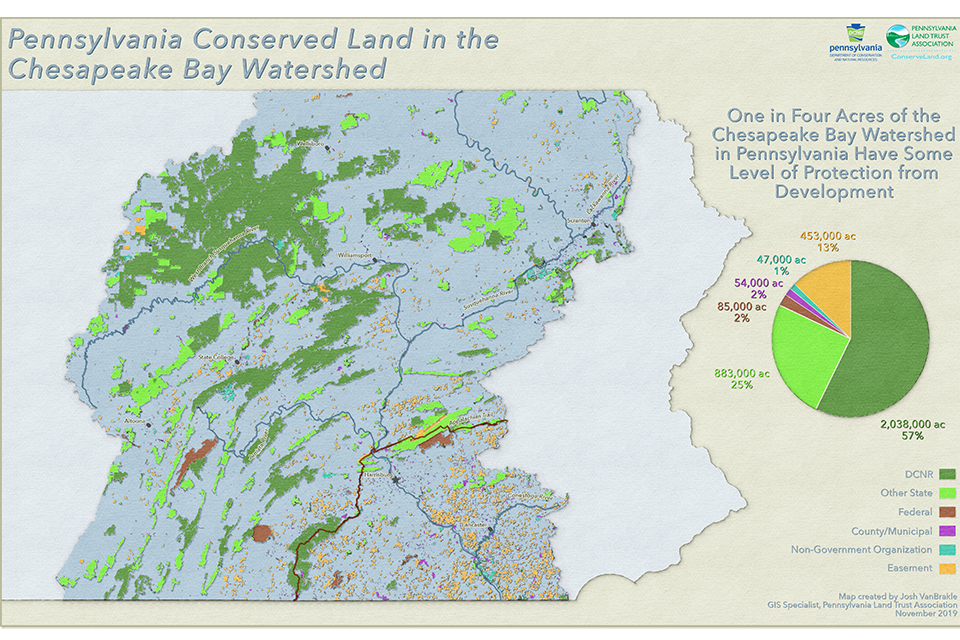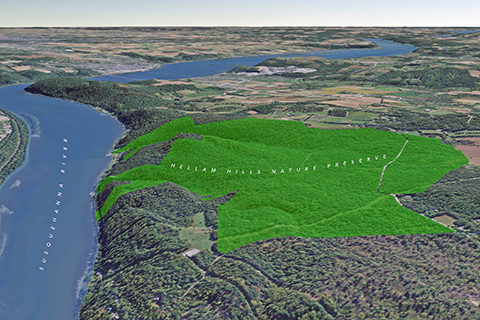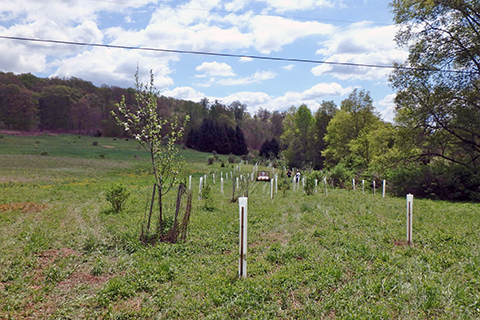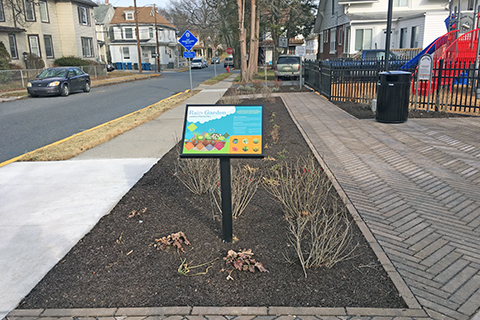The Chesapeake Bay is a big deal in Pennsylvania. Even though the bay is outside the state, about half of Pennsylvania sits within the Chesapeake Bay Watershed.
The Susquehanna River and its many streams ultimately flow into the bay. That connection means what happens in Pennsylvania affects the water, wildlife, and people of the Bay Region.
DCNR takes that connection seriously. Our grant programs help local governments and non-profits complete recreation and conservation projects. Many of those projects directly benefit the Chesapeake Bay.
“The role of land conservation, forest cover, and public engagement easily gets lost in the challenges of nutrient reductions and program agreements,” DCNR Secretary Cindy Adams Dunn said. “Yet when we look at solutions for our conservation challenges, this work emerges as critical. Conserved forest land, riparian buffers, and green infrastructure will play a big role in addressing the bay ecosystem’s resiliency and pollution absorbing capacity. DCNR provides leadership, expertise, and funding toward these efforts.”
Protecting Water by Protecting Land
Since 1995, DCNR’s grant programs have protected more than 100,000 acres in the Chesapeake Bay Watershed. These lands safeguard water quality, support wildlife habitat, and provide opportunities for close-to-home outdoor recreation.
Thanks in part to these efforts, one in four acres of the Chesapeake Bay Watershed in Pennsylvania are protected from development.
These lands include large blocks of unbroken forest in places like the Pennsylvania Wilds.

The Chesapeake Bay continues to be an important factor in Pennsylvania land protection. Of the 4,300 acres of land DCNR grants helped protect in 2020, more than 3,300 (77%) were in the Chesapeake Bay Watershed.
Among those projects was the Lower Susquehanna Riverlands Acquisition. This property includes 564 acres in Hellam Township, York County. DCNR provided $1.75 million to the Conservation Fund to buy the property.
Funding came from the Keystone Recreation, Park and Conservation Fund.
The Conservation Fund matched the grant dollar for dollar, for a total investment of $3.5 million.
Now held by the Lancaster Conservancy, the property is part of the Hellam Hills Nature Preserve. The preserve protects water quality along two designated warm water fisheries.
It also provides outdoor recreation, including public access to the Susquehanna River.
“Large tracts along the lower Susquehanna come along once in a lifetime,” said Phil Wenger, the conservancy’s president. “With the support of DCNR and in partnership with the Conservation Fund, we were able to take the risk it took to permanently acquire and protect these beautiful wooded hills.”

Filtering the Bay with Streamside Forests
One way to improve water quality is to plant trees along streams. Streamside forests naturally filter many pollutants, preventing them from reaching the water. They also reduce streambank erosion.
DCNR’s Forest Buffers Program helps local groups plant streamside forests. Since the program’s start in 2016, DCNR has provided $5.3 million to plant streamside forests in the Chesapeake Bay Watershed.
A recent project in northcentral Pennsylvania shows what this program can achieve. The Western Pennsylvania Conservancy received $45,000 to plant 15 acres of streamside forest in the Kettle Creek Watershed.
Kettle Creek’s water flows into the West Branch of the Susquehanna River and eventually reaches the Chesapeake Bay.
Grant funding came from the Environmental Stewardship Fund. The conservancy matched DCNR’s funding with more than $55,000.
“The success of this project depended on good partners,” said Eli Long, a watershed manager at the conservancy. “From the forest district that reviewed the project sites, to the Trout Unlimited staff who completed streambank restoration, to the landowner who planted trees alongside us in a downpour, this project was a success because many hands make light work.”
The conservancy released a drone video of the largest planting site from this project. The planting includes more than 1,200 trees and 1,400 shrubs.

Want to learn more about forest buffers? DCNR and the Western Pennsylvania Conservancy will be holding a Virtual Forest Buffer Summit on Wednesday, March 10, and Thursday, March 11, 2021, where attendees will enjoy sessions about the latest riparian forest buffer science, outreach and implementation strategies, funding options, and more.
Greening Local Parks
A major component of DCNR’s grant programs is the renovation of local parks. In 2020 alone, DCNR grants supported 80 park renovations, including 11 new parks.
These renovations routinely include green infrastructure. These practices use trees and other landscaping to reduce runoff and improve water quality in urban areas.
Park projects that feature green infrastructure receive extra points on DCNR grant applications.
Elm Street Station Park, in Dauphin County’s Penbrook Borough, is an example. The borough installed a rain garden at the park as part of recent renovations.
Rain gardens filter runoff from urban surfaces. They help remove pollutants before the water reaches storm drains.
DCNR provided $126,000 from the Keystone Fund to support the renovations. The borough matched the grant dollar for dollar, for a total park investment of more than $250,000.

Growing Partnerships
DCNR could never protect the Chesapeake Bay Watershed alone. We rely on the support of thousands of Pennsylvanians from all walks of life.
This support shines particularly from our dozens of partner organizations.
DCNR’s Partnership grants support many education and volunteer events in the Bay Watershed every year. Just a few examples of our regional Bay partners include:
These groups work tirelessly to protect Pennsylvania’s open spaces and connect people to our waterways. Together, DCNR and our partners support the people and wildlife who call the Bay Region home.